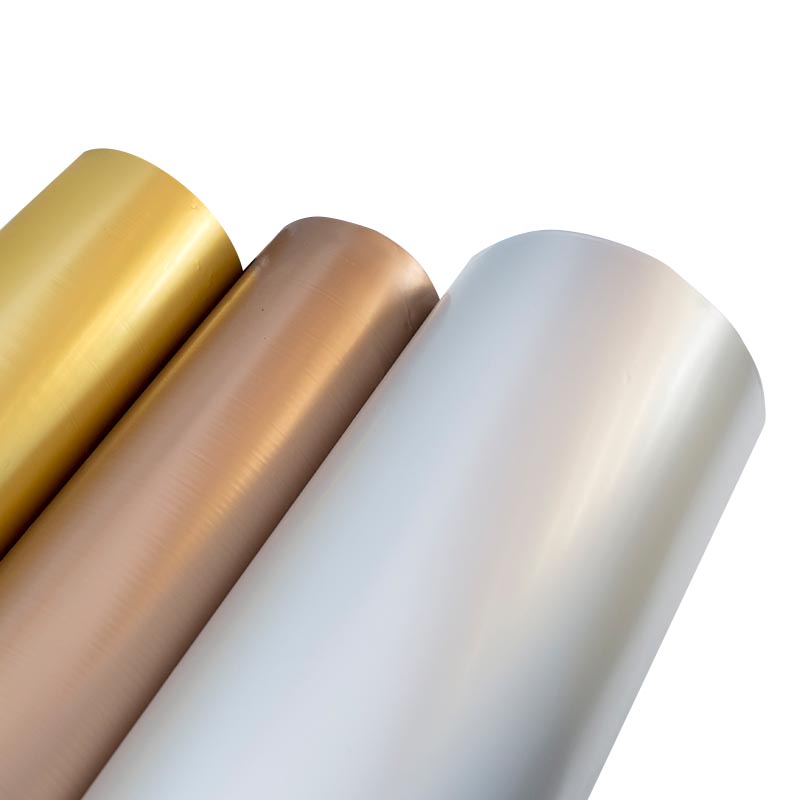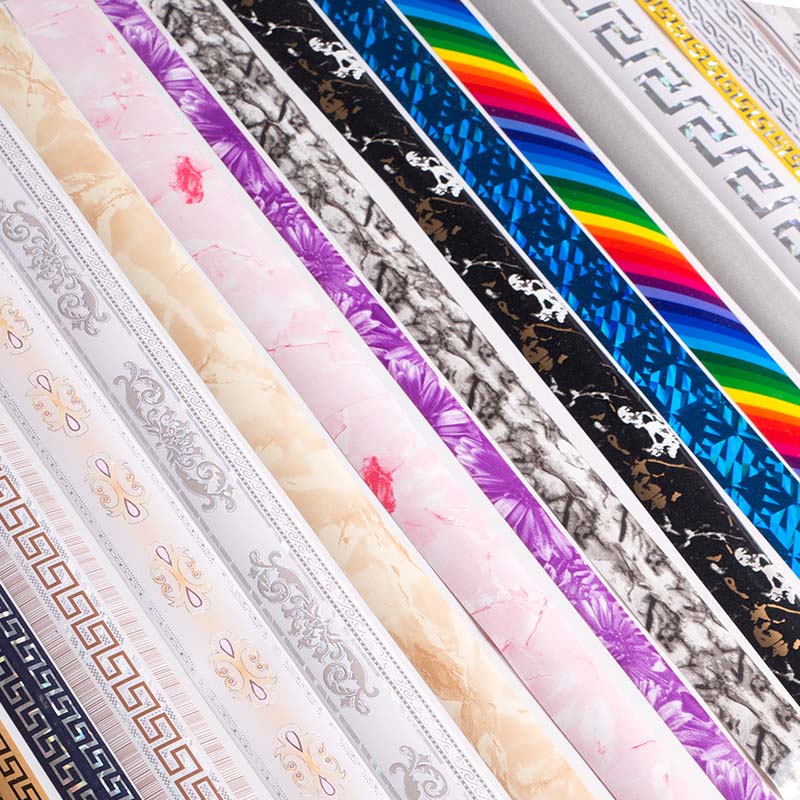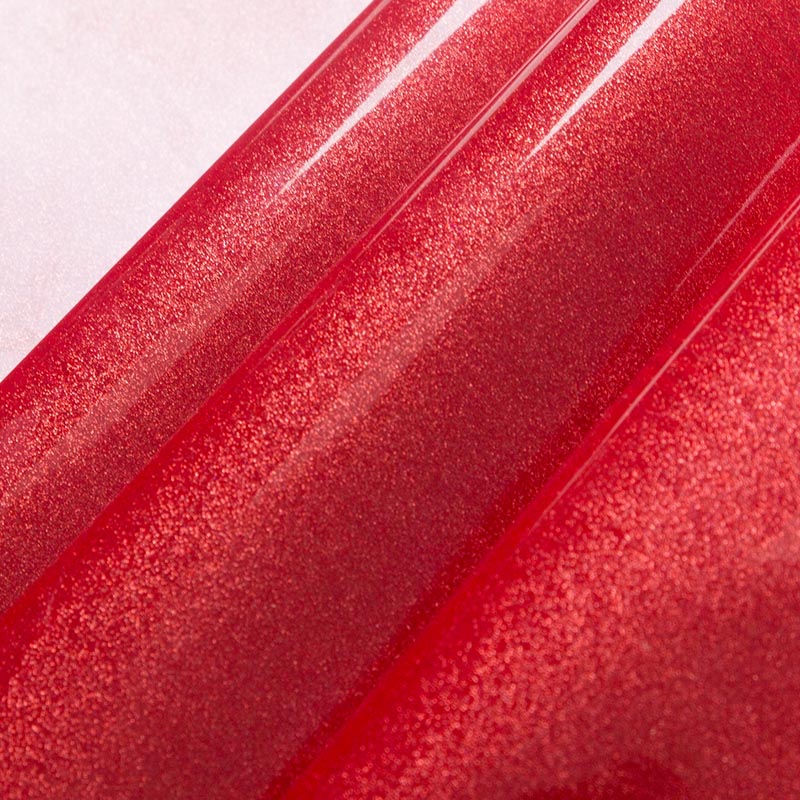Ensuring a thick and uniform coating of metallized PET film(Polyethylene Terephthalate) in production involves careful control of the metallization process parameters and the use of appropriate equipment and techniques. Here are steps and considerations to achieve a thick and uniform coating:
1. Process Control and Monitoring:
- Metallization Chamber Design: Use a well-designed vacuum chamber that allows for even distribution of metal vapor and efficient condensation on the film's surface.
- Vacuum Level: Maintain a consistent and optimal vacuum level within the chamber to ensure proper vapor deposition. Too low a vacuum can result in uneven deposition, while too high a vacuum can affect the rate of deposition.
- Metal Source and Temperature: Use a high-quality metal source (e.g., aluminum) and control its temperature to ensure consistent vaporization. This helps achieve a uniform metal flux onto the film.
- Deposition Rate: Control the rate at which the metal vapor is deposited onto the film to achieve the desired coating thickness. This can be adjusted by regulating the current passing through the metal source.
2. Surface Preparation and Pre-Treatment:
- Substrate Cleaning: Ensure the PET film's surface is thoroughly cleaned and free from contaminants before metallization. Any impurities can impact coating adhesion and uniformity.
- Surface Activation: Apply pre-treatment techniques such as corona treatment or plasma treatment to enhance the surface energy of the PET film. This promotes better metal adhesion and uniformity.
3. Coating Thickness Measurement:
- Utilize advanced measurement techniques such as ellipsometry, profilometry, or X-ray fluorescence (XRF) to monitor and measure the thickness of the deposited metal coating during the metallization process.
- Implement real-time monitoring and feedback systems to adjust process parameters based on coating thickness measurements, ensuring consistent results.

4. Post-Metallization Steps:
- Apply a post-metallization process to enhance coating uniformity, such as using an additional coating or lacquer to improve the film's appearance and protect the metal layer.
5. Equipment Maintenance and Calibration:
- Regularly maintain and calibrate the metallization equipment to ensure its proper functioning and accuracy. Any deviations or inconsistencies in the equipment can lead to uneven coatings.
6. Quality Control and Testing:
- Establish a rigorous quality control process that includes visual inspection, thickness measurement, and other relevant tests to verify the thickness and uniformity of the metallized coatings.
7. Process Optimization:
- Continuously optimize the metallization process based on data analysis and feedback. Experiment with different parameters to find the optimal combination for achieving thick and uniform coatings.

 English
English





 WeChat
WeChat WhatsApp
WhatsApp